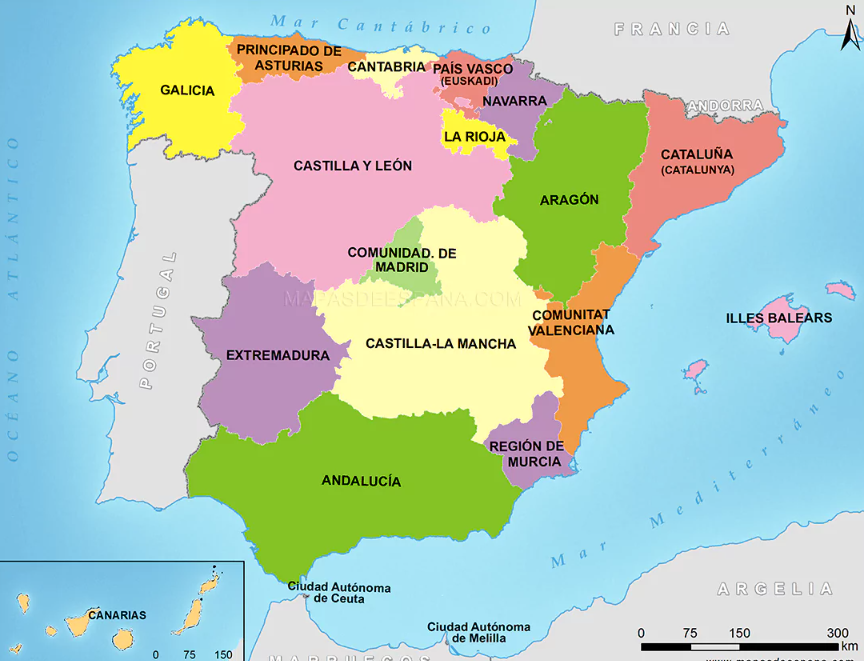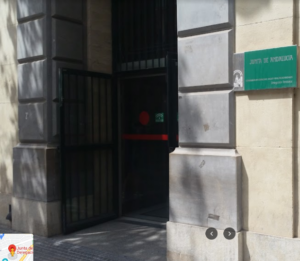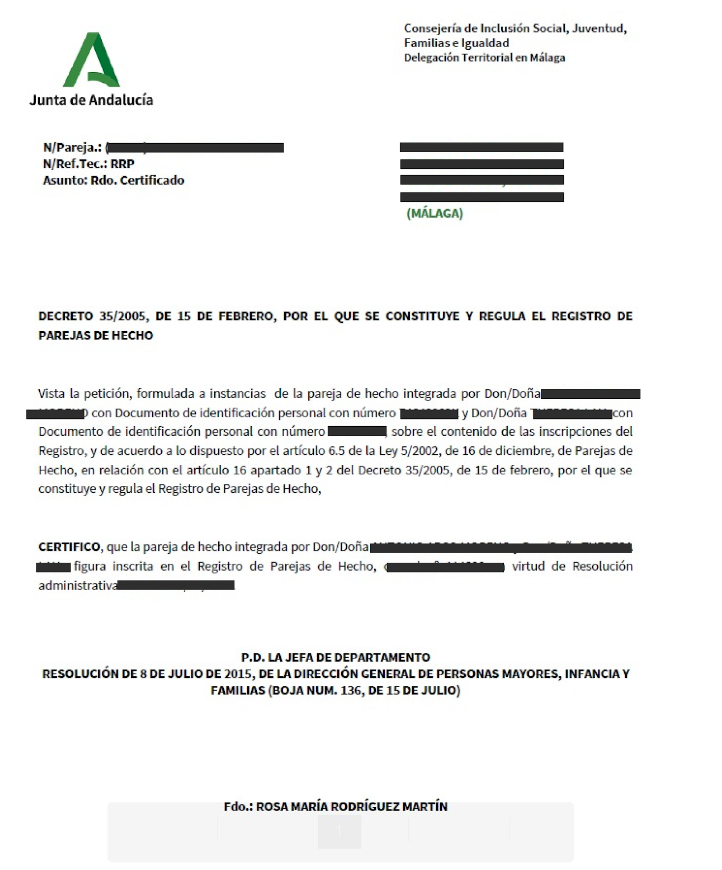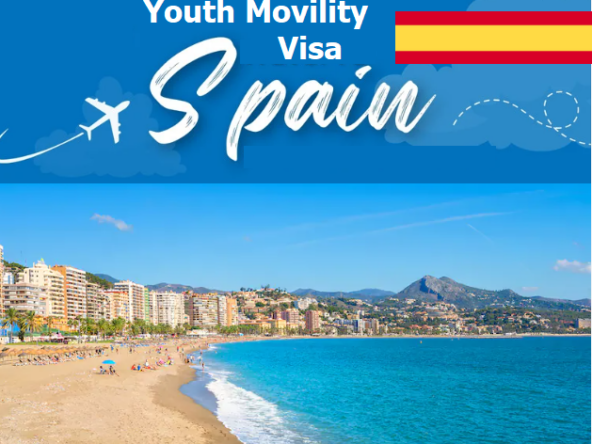In this article, I’ll share insights about my experience in getting the pareja de hecho in Spain from Malaga between fall of 2022 to Summer 2023. Please keep in mind that this is only for reference purposes only to help the reader understand what the experience was like and to get some background information of getting this document.
My advice for you is that it is good to start as early as possible and plan far ahead. Getting the pareja is just the first step you need to getting a 5 year residency card and it is only a document stating that you are in a stable and serious relationship with a Spaniard or European living in Spain.
The basics about Pareja de Hecho
In Spain, “pareja de hecho” translates to “registered partnership” or “civil union” in English. It is a legal status that allows unmarried couples to officially register their relationship with the government. While it doesn’t carry the legal responsibilities as marriage does, it does provide certain legal and financial rights and responsibilities to the couple.
Obtaining a Pareja de hecho with your Spanish partner is an important step towards legal recognition and solidifying your relationship in Spain. Keep in mind that getting the Pareja de Hecho is one of the requirements needed to help non-Eus receive the benefits of finding work legally and obtaining rights to live up to 5 years before renewal of residency status. However, the process can be complex and varies from region to region. In counties in Spain such as Catalonia, there is no minimum period of cohabitation required for registration. This can be a very advantageous point for those who have only been living together for a short time.
Navigating the paperwork and patiently waiting for approval can be daunting, but with proper planning and knowledge, you can streamline the process and avoid unnecessary fees from lawyers. In my case, my partner and I wanted to save money from paying lawyers to help us with the application, so we did everything ourselves. You may choose to do this too if you like.
Now let’s dive into the essential steps and tips for a successful Pareja de hecho application in Spain.

Spain is divided into many regions as shown in the above map and each region has their own requirements and processes for applying. Couples serious about registering as Pareja de hecho should consult with the relevant local authorities or seek legal advice to understand the requirements and implications in their specific location. Each region has their own requirements and regulations.
The Government authority you need to deal with is the department of social inclusion, youth, families and equality (Consejería de Inclusión Social, Juventud, Familias e Igualdad)
Registration: To become a Pareja de hecho, a couple typically needs to register in the same residency, known as the empadronamiento with the relevant regional or municipal authorities. It also needs to be current, within 3 months. The requirements and procedures may vary depending on the specific region or municipality.
Document checklist:
It is advisable to make copies of every original copy you have. You may never know if the administration needs an extra copy. Documents are only valid for 90 days, so watch the timeline and make sure when you submit the documents that they are still relevant to this time period.
The application must be accompanied by the following documents:
- Original birth certificates for both you and your partner with an issue date of no more than six months . These must be issued by the Civil Registry or similar body competent in accrediting civil status in the country of nationality of origin and must be legalized and translated into Spanish by a sworn translator (unless your birth certificate is originally in Spanish of course).
The requirements of authentication has changed since writing this article. For Canadians, your birth certificates can be ordered via Vital Statistics authorities in the province or territory in which you are born.Please note that the process of authentication of the document has since been changed after Canada became a party to the Apostille Convention on January 11, 2024. This has eliminated steps required to get documents accepted in other countries where the convention is in effect, including the legalization by a consular office of the country of destination.
Please refer to the link here for the most up to date information according to Global Affairs Canada.According to the new change made, only certain provinces where the document has been issued or notarized from can get taken care by Authentication services in Global Affairs Canada. These provinces include: Manitoba, New Brunswick and Labrador, Northwest Territories, Nova Scotia, Nunavet, PEI, and Yukon. The rest of the other provinces must deal with their respective provincial authorities for authentication. It appears that when deciding where the document gets authenticated (Global Affairs vs respected provincial authority) notarization trumps where the document was issued. For example, if your document was issued in British Columbia, but it was notarized in Manitoba, Yukon, or Nova Scotia then the document can be sent to Global Affairs for authentication.
With this change as well, please note that some documents need to be notarized before a competent authority can authenticate them. This may include some documents issued by the Government of Canada. - Original certificates of Estado Civil (or marital status) for both you and your partner with an issue date of no more than six months. These must also be issued by the Civil Registry or similar body competent in accrediting civil status in the country of nationality of origin and must be legalized and translated into Spanish by a sworn translator, if applicable.In the event that your marital status is single and you do not have Spanish nationality, you must present a Certificate proving your status to be single. In case of divorce, you must present the literal marriage certificate with the corresponding marginal registration of divorce. In case of widowhood, you must present the literal certification of marriage along with the literal certification of death of the previous spouse.If you are Canadian, you will find that Canada does not provide a certificate proving you are single. Rather, you need to request a Statutory Declaration for Common Law Union letter from the consulate/embassy of Canada. If you are in Spain while getting the Pareja de hecho, you can easily visit the embassies in Barcelona, Madrid or Malaga to request the form **Note that this also needs to be translated along with the birth certificate by a Sworn Spanish translator.
- Original registration certificate (padron) proving that at least one of the two applicants has their habitual residence in a municipality of the region. In this case, my partner and I needed to show our padron from CCAA of Andalusia (issue date not exceeding three months).
- You original TIE card (expired card is OK because your NIE never expires!) and a photocopy
- Original passport and copy
- Your partner’s DNI (Spanish ID) and a copy
Once you have all of the documents the next step would be to submit it to the ayuntamiento (city hall) where you are living.
The registration application for Andalusia county (checking the basic option) in the Registry of Domestic is found here.
The request for registration of withdrawal may be submitted online or in person.
For online: You need to have a Digital Certificate and access through the following link:
https://ws050.juntadeandalucia.es/vea/faces/vi/procedimientoDetalle.xhtml
For in-person: you need an in-person appointment in advance at any General Documentation Registry. Here is a list of those available in Málaga (the city where I processed my documents):
https://sede.malaga.eu/es/tramitacion/poblacion-y-padron/detalle-del-tramite/index.html?id=150&tipoVO=5#!tab3 (they will offer you various registration locations so you can select the one that interests you most.)
If you are in a different city you could contact the main offices in Seville in order for them to give you an appointment: https://www.juntadeandalucia.es/organismos/inclusionsocialjuventudfamiliaseigualdad/consejeria/transparencia/relaciones-ciudadania/atencion-ciudadania.html

Process delayed with doing the pareja in Malaga
In an initial consultation where we had paid a whopping 90 euros fee with a lawyer in Malaga, we were forewarned that there would be an interview that we need to do after our documents are submitted. The lawyer had told me that if we cannot show proof that we are cohabiting already in Spain for a minimum 1 year, we would then need to prepare photos of us together, exchanges of written communication, and/or any bookings we have stayed on past trips together. However, we didn’t have the experience as there was no interview requested.
This only happened because after submitting our documents, we found out that the office handling all of the administration work was 2-3 months behind with the paperwork because of a building renovation they had to do. Because they were behind with processing all documents, they had no choice but to approve all of the applications to speed up the process.
There was also no direct line to call to follow up on the application. We did show up in the office in Malaga by the 3rd month asking for an update. However, the receptionist refused to let us in and wanted to dismiss us. We had to argue our way to see someone who explained to us the situation and ‘promised’ he would expedite our application and give us a call back. There was no call back at the end.
Finally by the 4th month we found out that we could call another office in Seville to ask about the application. This was when we learned that there would be no interview required. Because the office was so behind with approving the documents, they would skip the interview process and approve all the applications. They emphasized that this is not normal to do and they are skipping the interviewing because they were months behind.I am not sure if that is a blessing in disguise or not to skip this ordeal of interviews and allowing an officer to show up in our flat for a site visit, but we were thrown in the dark not knowing how long it would take for the application to be approved. The official time for the office to process the application is <1 to 1 month, but due to the unfortunate circumstances I faced, the approval took a total of 5 months.
This is what the pareja de hecho certificate looks like when we received in email:

What are the next steps?
It is good to start thinking about the next step once your Pareja de hecho application is submitted, so you can save time and shorten the whole process of obtaining residency.
If you are doing the Pareja de hecho with a Spaniard partner, the next step would be to apply for an Arraigo Familiar, which is the new process that replaced the Tarjeta de Communitaria. This is a new residency procedure which only became law in September 2022. It is mandatory that you present an apostilled and Spanish translated criminal record of the country you lived in for the last 5 years for this application.
If you are doing the Pareja de hecho with a European (non-Spaniard) then the next step would be to do the Tarjeta de Communitaria. This application will require you or your partner to also show documents of a valid working contract in Spain, source of funds, health insurance in Spain, and the Pareja de hecho.




